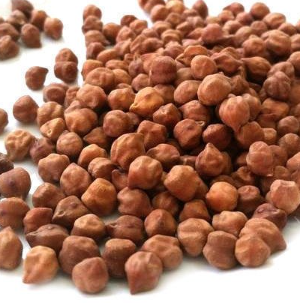Oranges also called sweet oranges, grow on orange trees and belong to a large group of fruits known as citrus fruits. Their true origin is a mystery, but the cultivation of oranges is thought to have started in eastern Asia thousands of years ago. Today, people grow it in most warm regions of the world and consume it either fresh or as juice.
cultivation
The tree of the sweet orange often reaches 6 meters (20 feet) in height. The broad, glossy, evergreen leaves are of size medium and ovate; the petioles (leafstalks) have narrow wings. Its white five-petaled flowers are very fragrant. The fruit is a modified berry known as a hesperidium, and the flesh is divided into segments called carpels. The usual shape of the sweet-orange fruit is round and the color of its pulp orange, but there are variations. The mandarin, for example, is distinctly flattened, and the blood orange has red pulp. The pulp of the sweet orange is agreeably acidulous and sweet; the leathery peel is comparatively smooth, and the oil glands are convex. Cultivators pick oranges when fully ripe as they do not ripen or improve in quality after picking. The trees bear abundantly from 50 to 80 years or even more.
benefits
The nutrients in oranges offer a range of health benefits, such as:
- As an excellent source of the antioxidant vitamin C, oranges may help combat the formation of free radicals that cause cancer.
- Oranges contain no sodium, which helps keep a person below their daily limit. On the other hand, a cup of orange juice can boost daily potassium intake by 14%. Maintaining a low sodium intake is essential to lowering blood pressure.
- Oranges are a good source of fiber and potassium, both of which can support heart health.
- Consuming enough vitamin C can help a person maintain skin health and appearance.










Reviews
There are no reviews yet.